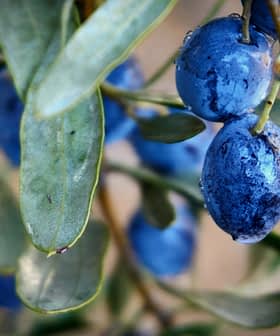Consumers are accustomed to perceiving olive oil as primarily used in their kitchen or, at most, as an ingredient of numerous products like soaps and cosmetics. For others, olive oil stands for a lot more; it offers new ways of exploitation and opens new channels and sources of income. Read on for two cases of extraordinary olive oil applications.
The departments of Biology and Medicine of the University of Crete joined forces in research that lead to the invention of a new medicine which is expected to have effects against the cold and flu. This medicine is pioneering in the sense that it is made of natural compounds only: olive oil and herbs.
The research showed that three specific herbs from Crete mixed with olive oil can fight the symptoms of the common flu and act as an analgesic drug. The exact composition is kept secret, although the formula has been inspired by the habits of Cretans who traditionally use the gifts of Mother Earth to fight health problems.
The concoction has already been patented and will most likely be accredited by the Greek drug association (EOF). It is expected to be released by the end of 2012 in the form of a capsule. In conjunction with the already known effect of oleocanthal, an ingredient of extra virgin olive oil, it seems that the pharmaceutical industry has discovered an important new player.
Another university research again in Crete enabled scientists to fabricate a special filter which withholds a valuable element of the residue that is left after the olive oil extraction process: the phenols. Phenols are known for their antioxidant attributes and with proper processing they can be used in the food industry as added ingredients.
This achievement is part of a new holistic approach to the problem of the environmental impact of olive oil oil mills. The direct effect is that the liquid residue is relieved of some of its organic load, but there is more to it than meets the eye: phenols are sold for approximately $2,000 a kilo and the annual capacity of the two olive oil mills that will utilize the system gives 3,000 tons of olive oil, meaning that 500 kilos of phenols a year can be sold to the food business allowing for some substantial profit. Just do the math.








